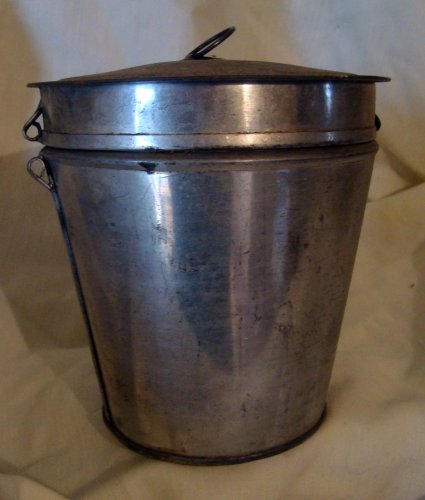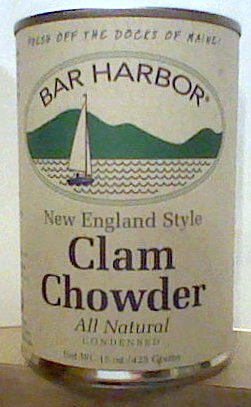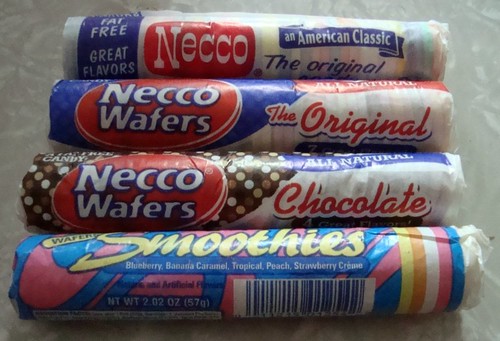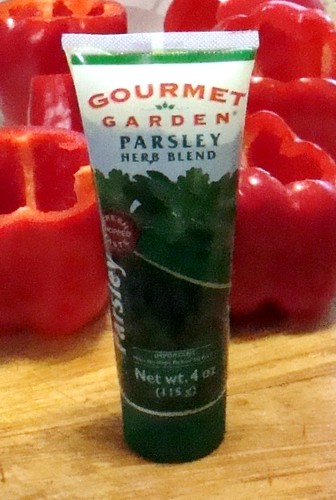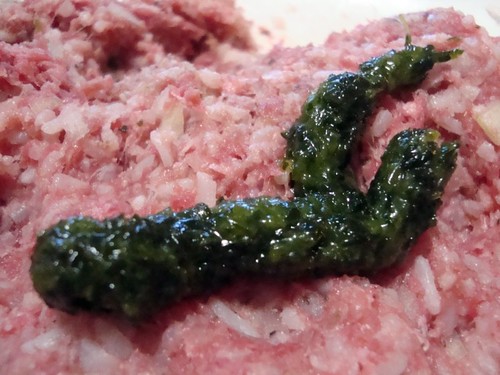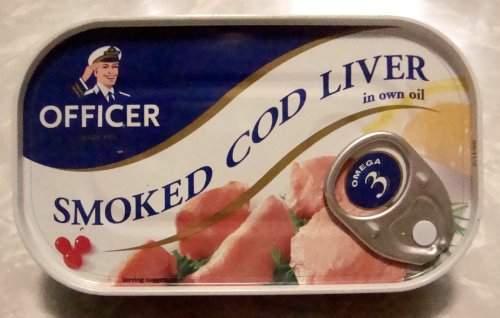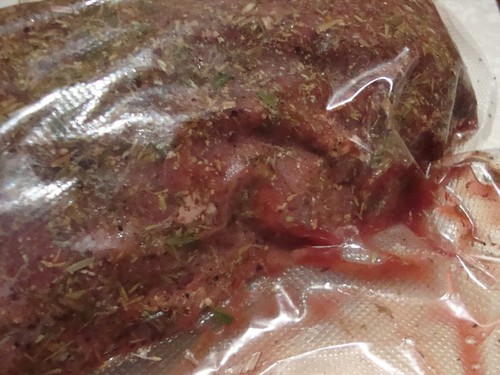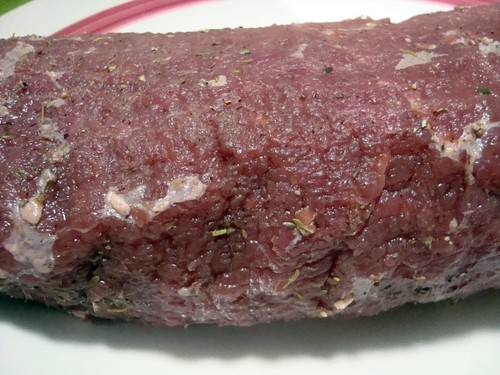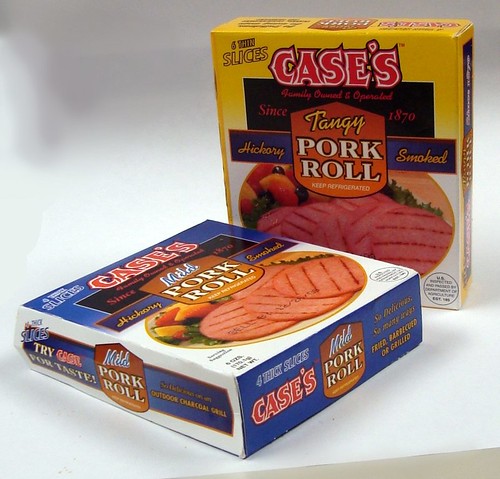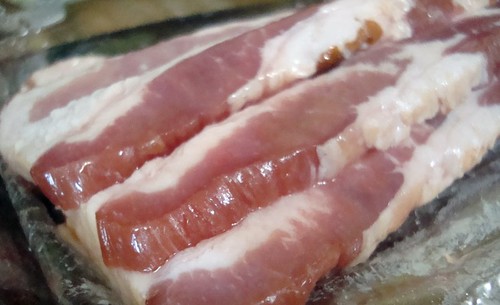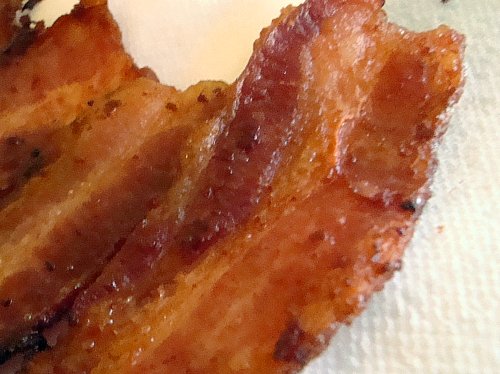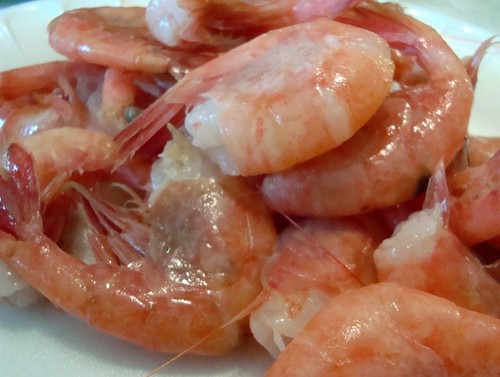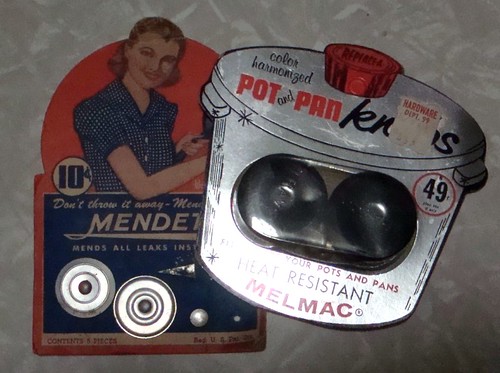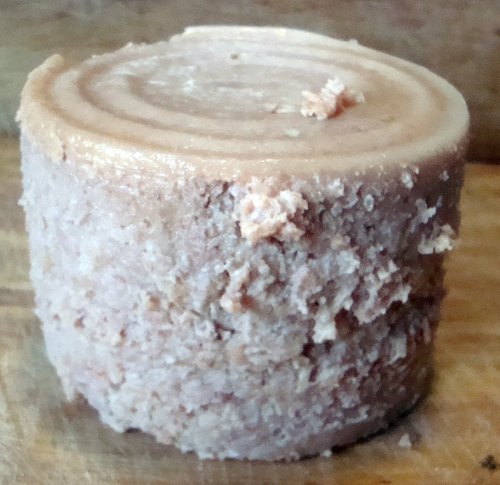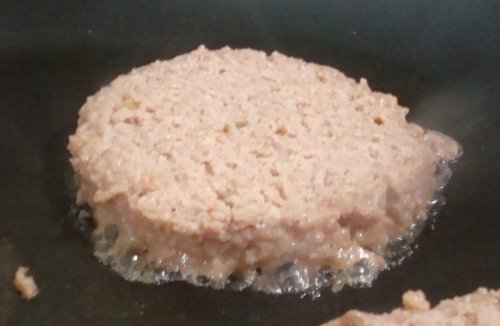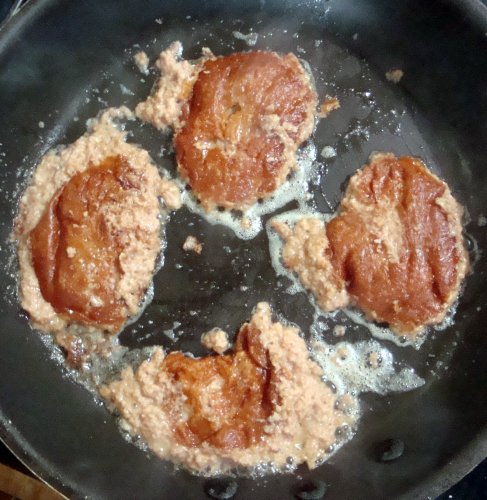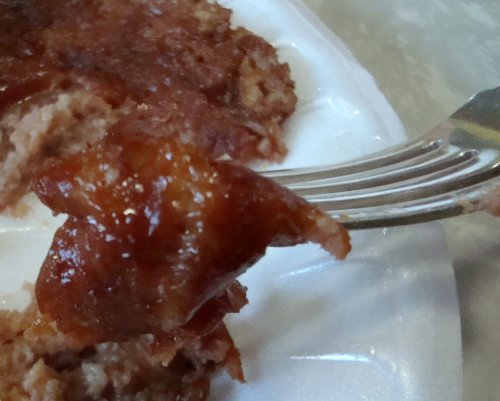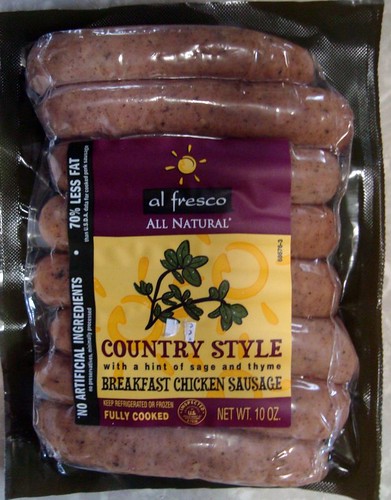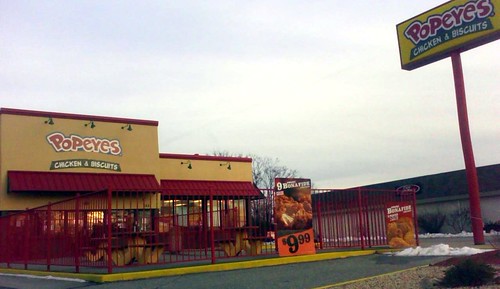I had been keeping watch on the beef eye round in the fridge as it cured, checking it every so often to see how the cure was working. It felt ready to come out on Sunday - the meat had firmed up quite a bit as the curing process pulled moisture out of the roast - but I just didn't have a chance to get to it until yesterday. (That's the good thing about doing this - a day or two longer doesn't make too much of a difference in the long run as long as your raw materials are fresh and decent to begin with.)
Even though I had pulled the curing roast out last week and drained it, the fresh cure had found plenty of moisture left to draw out, and the wrinkles in the cryovac were filled with red brine. I cut the bag and drained the brine, then rinsed all of the herbs from the meat under cool running water. Some of them still clung a little, so I finished rinsing the meat with white wine, the same way I had done weeks earlier with the capicola before hanging it.
It looked pretty good - nice and red and ready to age. Some little bits of herbs and especially black pepper clung to the meat even after rinsing and patting it dry. I considered rinsing the roast off again, but in the end decided to leave the remaining flavorings where they were.
Meanwhile, the casing (a beef bung cap, the same as I use for capicola) soaked in warm water with a good squeeze of lemon juice added. After soaking for a half hour or so, I rinsed the casing well inside and out and stuffed it with the roast.
Surprisingly enough, I found that stuffing the casings with the beef went a little easier than with the pork. The somewhat oblong shape of the pork loins lamost require stuffing to be a two-man job, with one guy holding onto the loin and the other working the casing up from the bottom, until finally the casing is on far enough for the loin to "drop in" to the bottom. The beef eye round was more regular and circular in cross-section, and wasn't that hard to do by myself.
So, here's a ridiculous-looking photo of the bresaola getting the elastic netting applied. The beef eye is a lot longer than the pork half-loins for capicola, so it stuck out of my homemade pop-bottle sleeve tool. It was a little tighter fit, too, because the diameter was a bit larger. But the plastic bottle still made it into a relatively simple job, and the elastic netting was fit to the meat in no time. I pricked some holes in the casing to squeeze out any trapped air, and then it was off to the attic for curing time.
And there it is, my proto-bresaola, hanging in the curing closet up in the attic alongside the cappies.
Foreground left: Bresaoia
Foreground right: Sweet capicola
Background: Hot capicolas (That'w why there's a color difference.)
As long as we're up here anyway, here's an observation about the capicolas: This is the first year I've tried using elastic netting instead of wooden slats tightly clamped to the meat. I notice that there isn't an awful lot of shrinkage in diameter as the meat ages and dries, but there seems to be quite a bit of shrinkage in length. The cappies are getting firmer, though, and are only a little damp to the touch, so I'm reasonably sure that they're drying okay. I'm hoping that the texture will be as good as normal when we unwrap them. (If not, no problem, we just go back to slats next year.)
.

